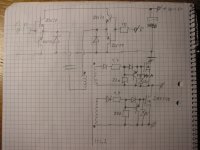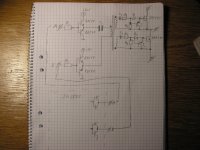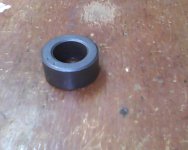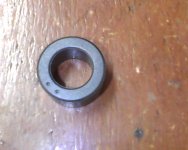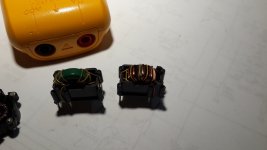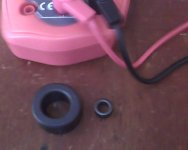Hi Twenglish1, although you were the starter of this thread and got a away for some time..There are other DIYers like us (I, Blasphemy000 and others) who are interested in the topic, can still continue the discussion if so happened that we currently encounter the same issue..I believe that there is no need to start another thread with the same issue because the target issue may not be resolved completely and that is something that makes us too confused and also to avoid redundancy of the the topic..This is how great are the people here because we have talked the issues with great sense so that others may really learn (including us) and able to show what are the actual results and not just based purely on discussion..
That's why, with your permission, I may suggest that you have to continue your experiment with the GDT using small EE core and post the results here for further study of everyone.. (who might be expert already or experienced people) when it comes to GDT..
Regards,
demykiko
That's why, with your permission, I may suggest that you have to continue your experiment with the GDT using small EE core and post the results here for further study of everyone.. (who might be expert already or experienced people) when it comes to GDT..
Regards,
demykiko
Last edited:

